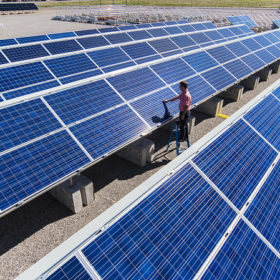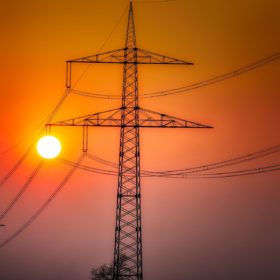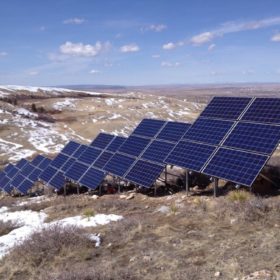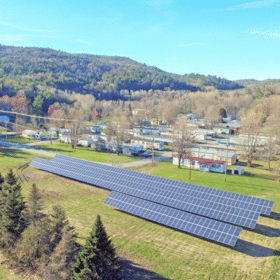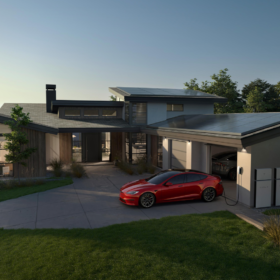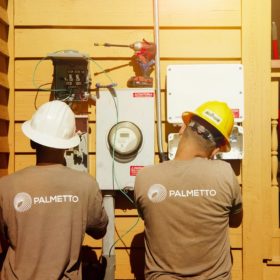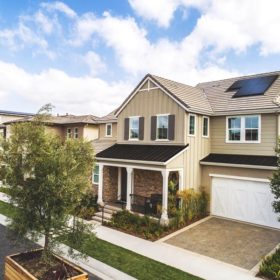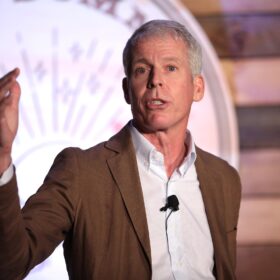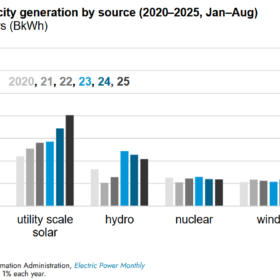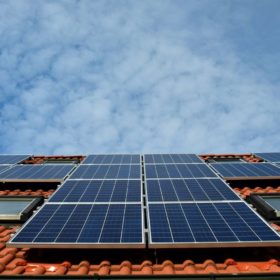Sunrise brief: An energy tax credit that wins the support of the fossil fuel industry and environmentalists?
Also on the rise: A startup invents a breakthrough battery electrolyte, renewables generated a record amount of electricity in 2020, a 250 MW solar project is proposed in Wyoming, and more.
Renewables generated a record amount of electricity in 2020, EIA says
All forms of renewable energy, including solar, moved into second place in terms of electricity production.
250 MW solar project proposed in Wyoming
The installation represents more capacity than the state has installed to date, with the project’s developer hinting at more to come.
Sunrise brief: Sunnova expands the reach of solar and distributed energy for grid support
Also on the rise: Tesla said it is working to ‘dramatically’ improve its solar roof installation performance, FPL’s ‘community solar’ program hits its ceiling, and Michigan and Wisconsin look to expand their own community solar offerings.
Sunnova and SolarEdge partner to provide grid support services in New England
The two will provide voltage support for utility National Grid in a move to show that distributed resources can unlock additional value to ratepayers.
Two Midwest states look to expand community solar presence
Michigan and Wisconsin have both introduced community solar legislation, banking on the success that neighboring Minnesota has had with community installations.
Storage paired with solar shows steady growth, Berkeley Lab says
The report pegged the cost of adding storage to PV on the order of $700-1,300/kWh of storage capacity and the present-value benefit to the host customer of roughly $500-1,000/kWh.
Tesla Powerwalls in California join the movement to create virtual power plants
Made up of distributed residential energy storage, these “plants” stabilize the grid and often end the need for new fossil generation. Tesla customers in California are the latest to join the movement.
Palmetto launches Instant Proposal service
Using data from Mapdwell, Palmetto can now generate and design a residential solar system proposal in a minute.
Go big and go home: The case for solarizing 30 million homes
A new report argues for the largest solar buildout the country has ever seen, which it said would create 1.77 million jobs and drive $69 billion in energy savings over five years.
